What exactly is hemp for a plant?
The scientific name for hemp, marijuana or weed is cannabis. In this small cannabis lesson, a slightly different insight to this plant species should be granted. Cannabis belongs to the family of hemp plants with about 9 to 11 genera and about 170 species. This family belongs to the order of the rose-like plants. Among the hemp plants there are even trees. The most famous relative of hemp is the hops, which is found in the well-known "stimulants" beer. If you are just smokeing, you will not have a "big head" the next day. But that does not happen in the loss of control things that you never wanted to have done. Anyone who really consuming themselves to the limit usually does not do so much or at least not terribly embarrassing things.
The cannabis plant science is also to tear the place of origin of the hemp. So we do not know it exactly in this little cannabis plant science. Presumably, cannabis originated directly after the last cold period in Central Asia. This is a very inaccurate indication as the region is huge. The point of origin could lie in the area of today's China, India, Nepal or even Kazakhstan. It can be assumed that the hemp originated in hilly regions with a little altitude. Maybe that's why the hemp grows so undisturbed in the mountains, because he has less competition there?
At high altitudes, the light is very different. The resins of the hemp plant serve as protection against the UV light and perhaps also to hold the pollen. With more height increases the UV component and thus perhaps the resin formation? But perhaps that's also the reason why the typical cultivation areas for marijuana farming are located in the mountains, because these are less interesting for other plants and the drug prohibitions can do less up there?
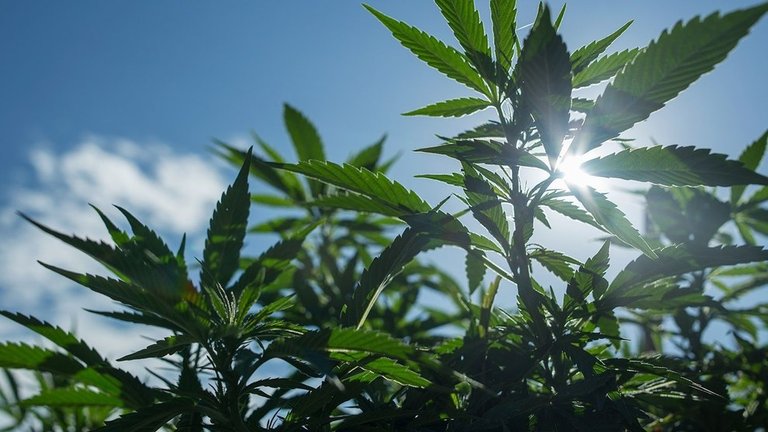
The spread of hemp
Hemp is one of the first fiber plants discovered by humans and used for about 10,000 years. The oldest find of cannabis seeds on German soil is estimated at about 5500 BC. Dated. The oldest right weave was found in the Chinese area and was around 4000 BC. Dated.
The cradle of mankind is probably in Africa. From here, the Homo sapiens spread from about 100,000 BC. Gradually to Asia and also reached the new world about 15,000 years ago. In Central Asia, they discovered the hemp for themselves and took this on their walks, but not yet in the new world. This was reached in the last cold period, when there was probably not the hemp. Then, however, the thawing broke off the land bridge.
The hemp spread so only in Central Asia and from there over India and today's Arab world to Africa and also to Europe. Starting from Africa and Europe, hemp came to the new world. Why could that happen? The hemp fibers are very resistant to moisture. Because of these hemp fibers ropes and sails can be made. That's why hemp was able to reach the new world.
In the regions with the today still high cultures of Asia or also in Europe the hemp was cultivated predominantly for the fiber production. At the same time, this hemp was also used as a stimulant or medicine. However, that was so common that people hardly had the time to keep it in writings or documents. The wine is therefore part of the Roman Empire. The fact that opium and hemp belonged to the society, is hidden however also because of today's prohibitions and before because of the "Christian brainwashing".
Long before the Roman Empire, the Indians have already discovered hemp as a stimulant and used it primarily as this. India has a different cultural orientation that is less based on the formation of an "empire". Starting from India, this other hemp culture was carried across the Arab world to Africa and with slaves into the New World. By the way, before the hemp bans, whole shiploads from India with potent cannabis articles arrived in Europe.
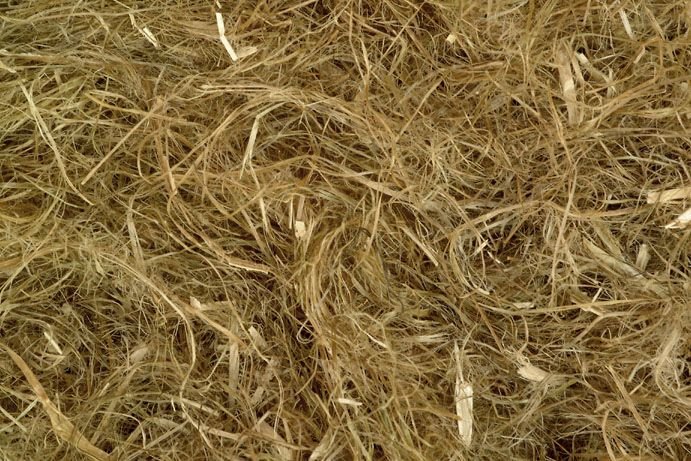
The cannabis botany to the active ingredients
Heredity is sleeping in the genes. They can rest for a long time and wake up whenever the living thing needs them again. When it gets really cold and we do not have any clothes, a fur will grow again within generations. Because only those who adapt to the cold, they can withstand. For example, also observed moths that are no longer white in the course of air pollution but gray. Only then they have a perfect camouflage. All white specimens die faster and have less time for reproduction.
So it is in this little cannabis lesson also with the hemp that he just adapts. Meanwhile, there is hemp on the equator, which grows first and goes into bloom despite 12 hours of light to 12 hours night. But there is also the Ruderalis in the far north of Kazakhstan or the neighboring region, which also goes into bloom at 18 hours light to 6 hours night. Otherwise, the seeds will not mature in time and there would be no hemp next year. The plants simply adapt to the situation in which they form the hereditary systems just needed or can be raised again.
If only EU-certified hemp with a maximum THC content of 0.2% may be grown in the EU for fiber production, then after a few years it will again contain several percent of THC. By contrast, the highly bred THC strains would quickly fall below 10% THC when released. In the plains you might still have 2 to 4 after 20 years and in the mountains about 10% THC in the flowers. But also the content of other cannabinoids as of cannabidiol would "normalize". Therefore, these wild plants would have interesting properties in many regions besides the contained THC.
In the field, the plant that most pleases man does not get through. It comes through the plant, which can adapt to the climatic situation best and comes over the winter.
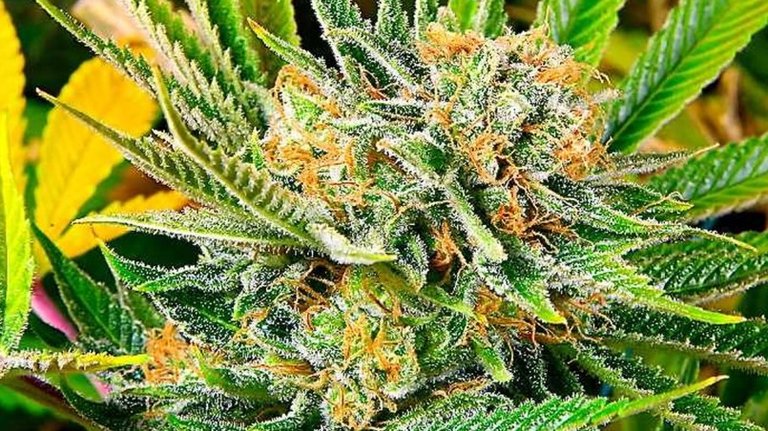
Sativa, Indica, Ruderalis
Now, in this small cannabis botany, we suspect that cannabis originated very directly after the last glacial period of about 10,000 to 12,000 years ago in Central Asia. Furthermore, we suspect in this cannabis plant science that it is one to three species. A species can be divided into many varieties, but is due to their predisposition only this one species. There is in any case "Cannabis sativa L." This is divided into wild and cultivated varieties.
Whether "Cannabis indica Lam." Is a separate species or belongs to Sativa, however, is currently not fully understood. Ruderalis is probably not its own species but Australia may have found a new cannabis species. So we do not know it yet so exactly in the cannabis plant science.
What is certain, however, is that Sativa Strains tend to have more vigor, form loose flowers, take longer to mature and tend to be high. In addition, they have much more leafy leaves and these leaves have long, narrow leaf fingers. The "haze" is a property that is crossed purely into many good sativa strains. The original Haze Strains take an extremely long time to mature, bring only very little yield and can "act like a good LSD Trip". However, Haze would be less worrying than the actual LSD.
Indica probably originated in Afghanistan when people from the Indian region joined. They brought their cannabis seeds with them, which then crossed with the local hemp and became a strain. From this intersection probably this "Indica" comes out. The plants grow thicker with firmer blooms and make rather stoned. The fingers on the leaves are wider and the green is fuller.
Sativas, and Haze in particular, are suitable for relaxed flying and the Indicas for relaxing. Of course, it is up to the consumer whether he tends to one or the other or, depending on his mood, wants one or the other.
Many good marijuana strains contain Sativa and Indica because of their crossover history. The Afghani # 1 from Sensi Seeds, which is often photographed in the growbook "Indoor Weed Cultivation", contains 95% Indica. According to unintentional "police information" it is about 14% THC. It will also contain a bit of CBD, which is barely present in many highly bred THC strains. Also because of this CBD many people only smoked this Afghani # 1, although they could have had other strains with even more THC.
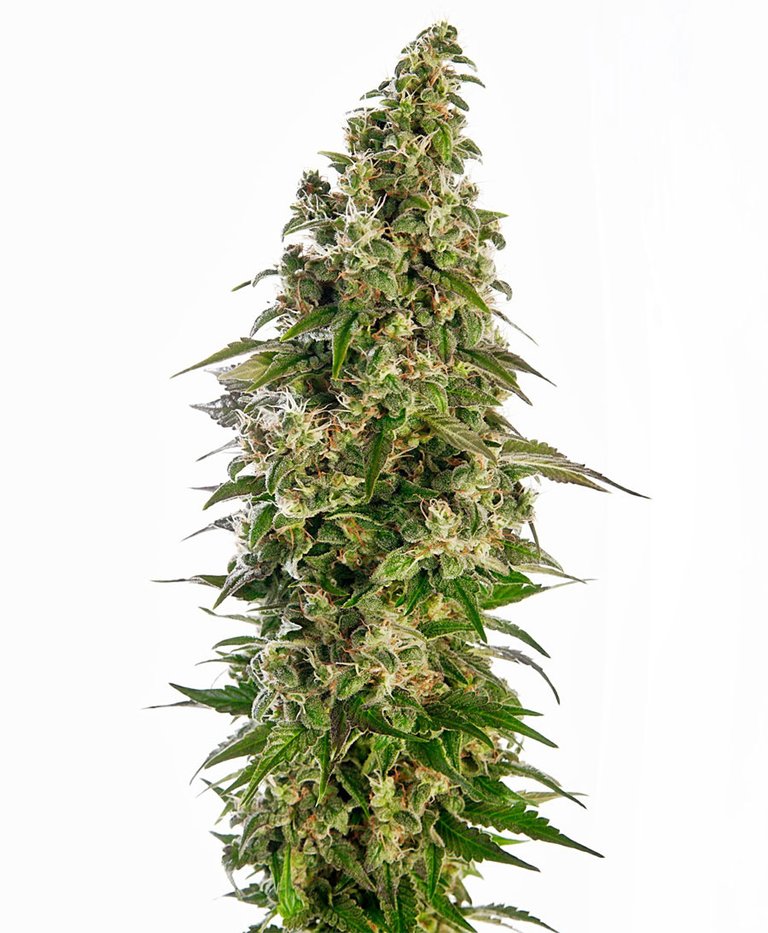
Let nature take its course?
In the last section of Cannabis Plant Science, there is a very nice problem: If hemp grows in certain regions with certain characteristics and spreads from other places of other hemp, then both plants merge. Both plants go under the long term and another arises. After all, the pollen flies a few hundred kilometers and pollinates all the cannabis plants that it can reach. Thus, the pollen from Morocco in many years even in Spain can still be detected.
Once upon a time, farmers took their own seeds from their hemp to sow again next year. Each growing region had only one variety, because the plants merge with time. And so it would still be today that you can not grow two varieties of hemp next to each other and in the autumn, the seeds for the next year can take. So that different varieties can be grown in one region, the seeds must be obtained in other regions, where each variety can be secured against cross-pollination.
Who wants to secure a good strain over years and decades, should take cuttings and pull from some fresh mother plants again. Mother plants are just old and too plucked at some point. Otherwise, new seeds can always be purchased and used. However, those who win and sow some seeds with each harvest soon have a completely different cannabis strain.
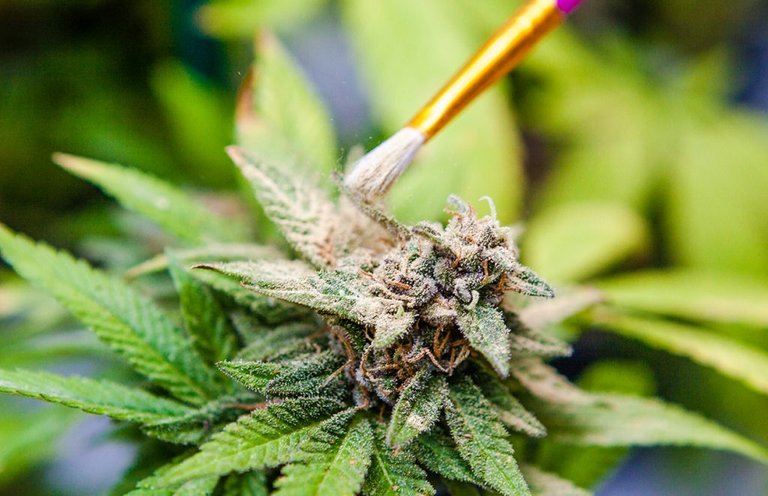
Awesome article and photography! Dem nugz sure do look sweet!!! Thx for sharing, i'll be following.
Thank you :D
super post @tante.emmas.weed ich stimme voll mit dir überein vielen dank für deinen post! @eliasleo
Vielen dank, freut mich, dass er dir gefallen hat :D
absolut und es freut mich so viele deutsche hier zu treffen! und übrigens cooler name
ja die deutsche community wird stetig größer ^^ und danke :D
Its funny, I am so numbed to cannabis that when the word hemp is used I immediately think twine or wick. Or perhaps an alternative to cotton. When the word cannabis is used I immediately begin thinking medication.
Let us awaken to the power of Hemp!
Thanks for making this article! Let's hope those seeds planted will sprout and grow, seeds in someone's subconscious mind!
I'm glad that you like it :D
Sweetest words Brodi! You just planted a seed in my mind and it bloomed into an infinite and eternal dream for all of us to share called reality. Or is it....
This post has received a 2.18 % upvote from @booster thanks to: @tante.emmas.weed.
great content!